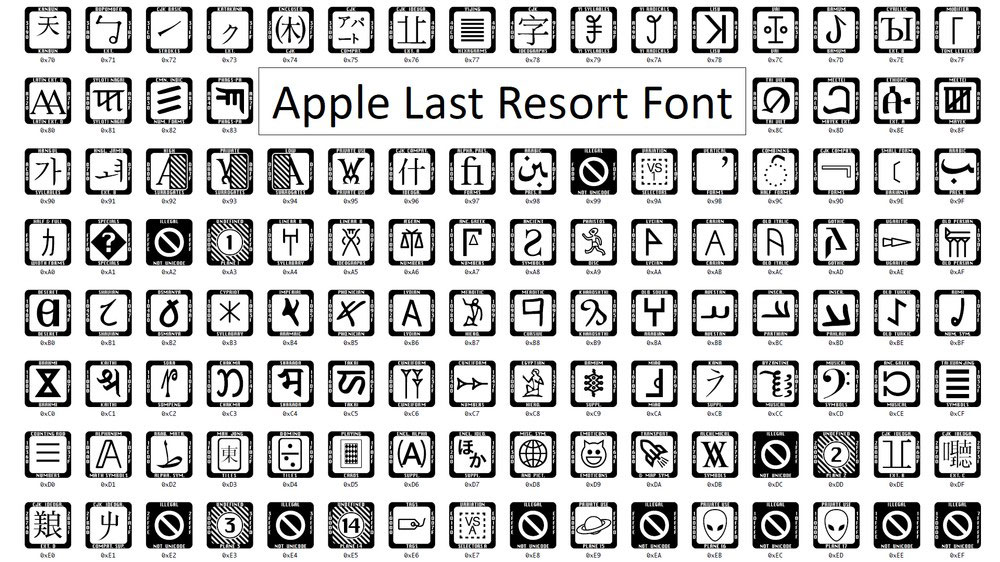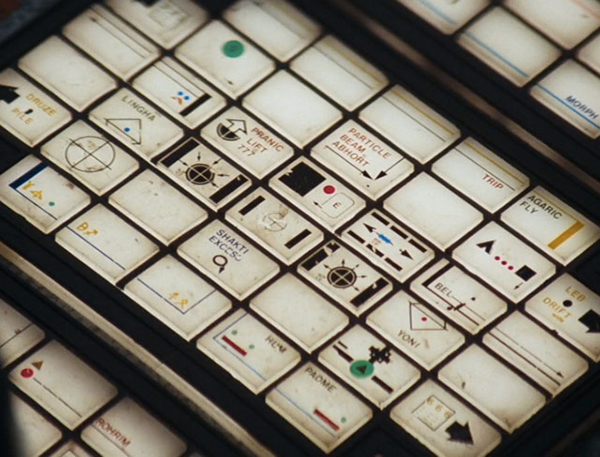Il font della cultura pop
Breve saggio di Vox sul font Cooper Black.
Questo carattere tipografico con grazie, molto pesante e oggi dal sapore vecchio stile, fu progettato da Oswald Bruce Cooper e distribuito dalla fonderia di caratteri Barnhart Brothers & Spindler nel 1922, diventando rapidamente molto diffuso, per poi affacciarsi tra le icone pop in seguito al suo utilizzo per la copertina dell'album Pet Sounds dei Beach Boys, nel 1966.
Da allora lo avrete visto un po' ovunque. Dai Doors, a David Bowie, dai titoli di testa di programmi e serie tv alle produzioni Disney, dai volantini alle insegne, sino agli impennaggi degli aerei di compagnie low-cost.






